Life of Buddha in Indian Sculpture
In stock
The life of the Buddha has been a great source of perennial inspiration to scholars, artists and poets since the early times. Many events from the life of the Buddha have inspired some of the greatest relief compositions in Indian art, which have been depicted in sculptures and monuments.
Tracing the beginning of narrative compositions in relief’s delineating the life of the Buddha, the book analyses the sculptural depictions of events of the Buddha’s life in the context of several biographical texts. The episodes represent the Buddha’s birth, enlightenment, first sermon and miracle at Sravasti, descent from Tusita heaven, subduing of Nalagiri, culminating with mahaparinirvana. The book explores how some of Buddha’s basic teachings are linked with certain specific episodes of his life. It highlights the difference between representations of the same events by artists at various periods and places and the differences between he textual description and its sculptural counterpart. It also undertakes a survey of the inspiration provided by the theme of the Buddha’s life to devotees and artists in other Asian countries as revealed in their iconography and sculpture.
Supported by over 210 illustrations including drawings and photographs, it reveals the process of symbolization in visual forms and participation of the sculptors in the process. It shows that the sculptural relief’s provide a fascinating insight into the creative mind of the Indian artist: how he invented visual devices and integrated them into the formal structure and the story content and imparted meaning in each sculptural relief. The volume will be essential reading for students and scholars of art history and Buddhist art in particular.

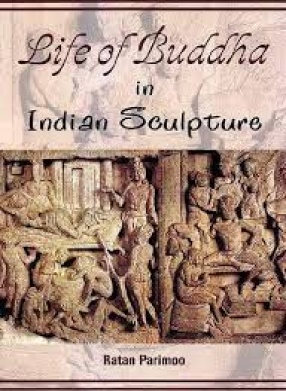
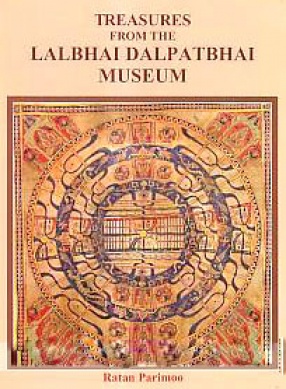
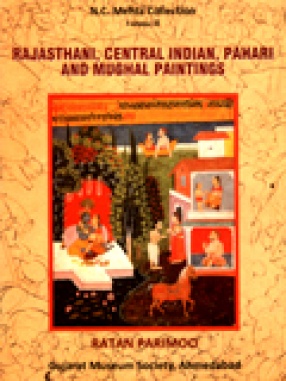

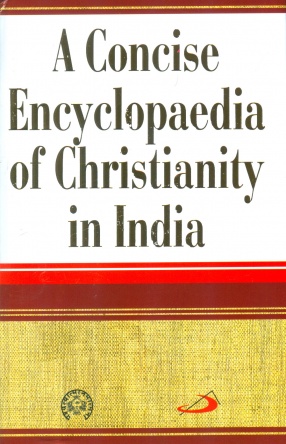
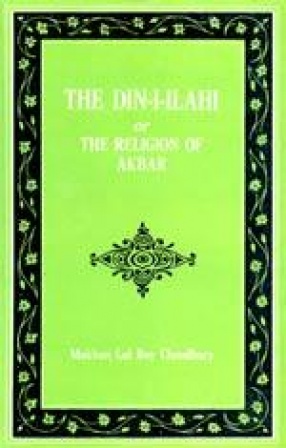
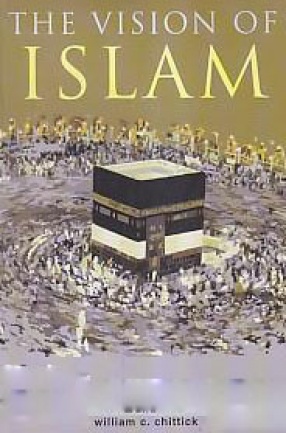
There are no reviews yet.